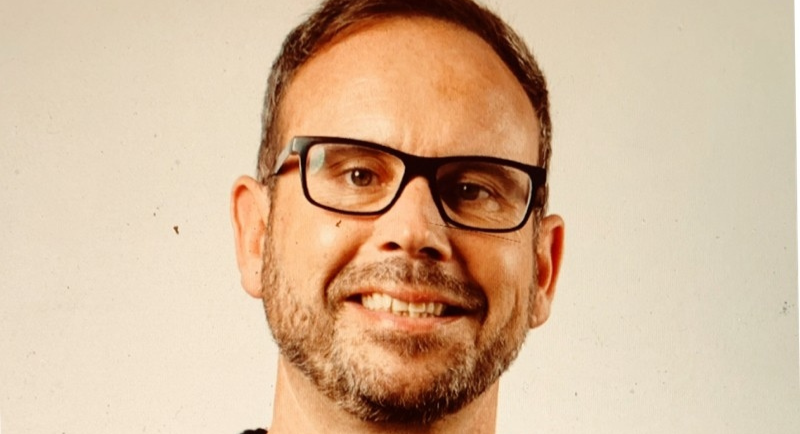What customers say versus what they actually do is causing a “corrupt cycle” that’s costing the industry billions of dollars, according to a panel of marketing and research experts.
At SXSW Sydney on Monday morning, the panel moderated by veteran marketer and ADMA Vice Chair Steve Brennen explored what was described as one of the “most expensive lies in business”, that being the disconnect between consumer intent and behaviour.
“Every day, leaders across businesses, across the world, make hundreds of decisions. And many of those are made on behalf of their customers. [But] when it comes time to act, customers often do something completely different than what they say,” Brennen said.

“We call this the ‘say-do gap’, and it’s costing billions, literally billions, of wasted product, failed campaigns, and lost time.”
Brennen, whose marketing career spans Virgin, Uber, PayPal, eBay, and Zip Co, was joined on stage by psychologist and Pragmatic Thinking co-founder Alison Hill, Zip Co’s senior director of market research Sonny Sethi, and Heatseeker CEO and co-founder Kate O’Keeffe.
Between them, they’ve overseen hundreds of millions in market research spending, much of it on insights that didn’t translate into the real world, they admitted. During the panel, they unpacked why the ‘say-do gap’ exists, and how marketers can start to close it.
Hill said the gap does not necessarily stem from people being deceitful – saying they’ll do one thing and backflipping to do another – but rather, it is the nature of human psychology.
‘Human nature steps in’
“Our intent accounts for about 25-30 per cent of behaviour. So intent, saying that we’re going to do something, accounts for a quarter, a third of behaviour. The rest, that 70-75 per cent, is where human nature steps in and the gap becomes existent.”
So what’s impacting behaviour then, if not intent? What is stopping people from following through, what is causing them to say one thing, and do another? According to Hill, its social desirability, optimism bias, and friction in daily life.
“They’re not lies, they’re stories we tell ourselves,” she said.
While human nature explains part of the gap, outdated industry methods and habits have widened it. Sethi argued the Australian industry’s “whole process of doing research hasn’t changed over the last 40 years”,
“There are still complicated surveys, focus groups. Most companies only tend to do one or two large research projects a year, and by the time the data comes back, the market’s moved on,” he said.
‘A corrupt cycle’
“Cost is a big barrier too, as is the secretive nature of market research. 80 or 90 per cent of companies still keep research close to only a few people. I’ve been trying to decentralise it for the last ten years of my career, and I’ve always had a lot of pushback. I’ve been trying to democratise it, to give everyone, from the CEO to the newest grad, access to the same insights, but it’s still rare.”
Arguing the challenges further, O’Keeffe said the problem runs deeper than methodology, it is instead structural.
“If I don’t show the CFO that 71% of people on the survey said they wanted something, I’m not going to get any budget,” she said. “So it’s this corrupt cycle between us all, we engage in this dance where we know there’s a real gap, but we’re not necessarily addressing it.”
The result, the panel argued, is that marketers end up launching the wrong products for the wrong customers, based on the wrong insights.
While there are things marketers can do to lessen the ‘say-do gap’ such as lean into AI-led analysis, use synthetic data, and pick up the pace of prototyping, the panellists made clear that so much of marketing still hinges on human behaviour, which is inherently unpredictable.


